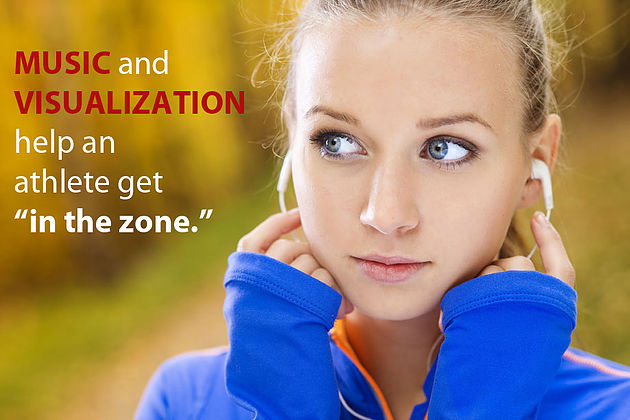And when my mind is free, You know a melody can move me, And when I’m feelin’ blue the guitar’s comin’ through to soothe me.
Thanks for the joy that you’ve given me. I want you to know I believe in your song, And rhythm and rhyme and harmony. You’ve helped me along, Makin’ me strong.
Oh, give me the beat boys and free my soul. I wanna get lost in your rock and roll and drift away.
Give me the beat boys and free my soul. I wanna get lost in your rock and roll and drift away.
— Drift Away by Dobie Gray
Something always resonates within and compels me to sing out loudly every time I listen to this song. You probably have songs as well that somehow touch you and almost seem to be written for you.
We talk a lot about rhythm, a certain cadence that propels us from moment to moment throughout our daily movements. In athletic events, we talk about the team that was able to establish its rhythm or the team that was able to disrupt the other team’s rhythm. During individual performances, we talk about imposing our will and getting into a rhythm that suits our performance style. We say it, but what does it actually mean?
Let’s take a look at the research. As simple as it sounds, scientists have found that listening to happy or sad music changes the way we perceive the world. Studies prove that the music we listen to engages a wide range of neurobiological systems that affect our psychology. In fact, the human heart wants to synchronize to music, and the legs want to swing metronomically to a beat. Our bodies are designed to move to and by music.
Now let’s turn our attention to athletes seeking to enhance their performance. Music boosts athletic performance, and it can be a compelling intervention for improving how athletes relate to both their actual performance and their end result. Music helps divert an athlete’s mind from sensations of fatigue. Music and visualization promote a state of “flow” where an athlete is on autopilot and “in the zone.” Because our bodies naturally want to synchronize to the music, it also can help athletes imagine and establish a natural rhythm during their performance. And music can boost internal motivation by triggering good emotions, helping athletes experience greater pleasure from the activity.
Soccer players can layer music tracks with the I-imagine audible visualization modules. And what happens when they pair powerful music with their visualization efforts? They are strengthening and solidifying the entire processes that ready them for competition on the pitch. We already know that visualization and thoughts produce the same mental instructions as actions. In fact, visualization can enhance motivation, increase confidence and self-efficacy, improve motor performance, prime the brain for success and increase states of flow (being in the zone).
Peak performance requires players to establish a rhythm, become fully immersed in the moment and almost unconsciously operate. Those who can establish a rhythm often perform optimally and will often win the match. Give it a try, and just listen to the music!

